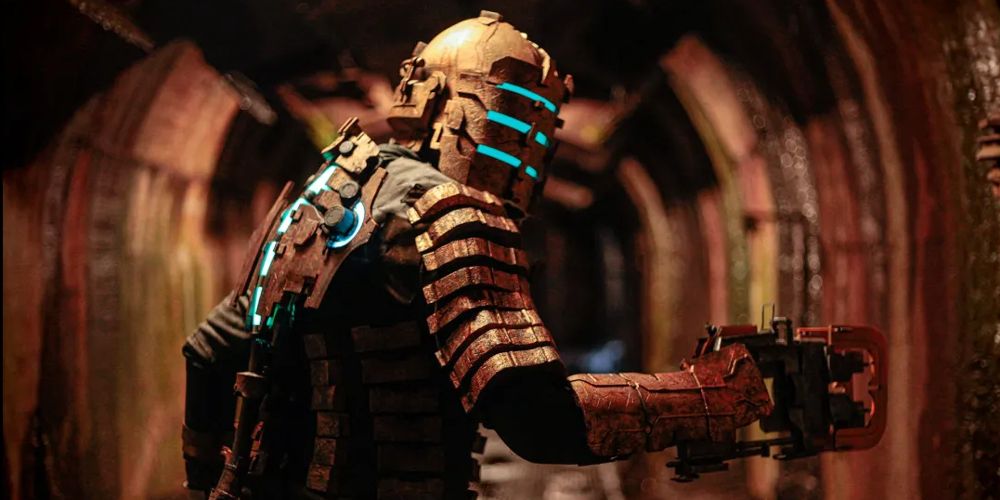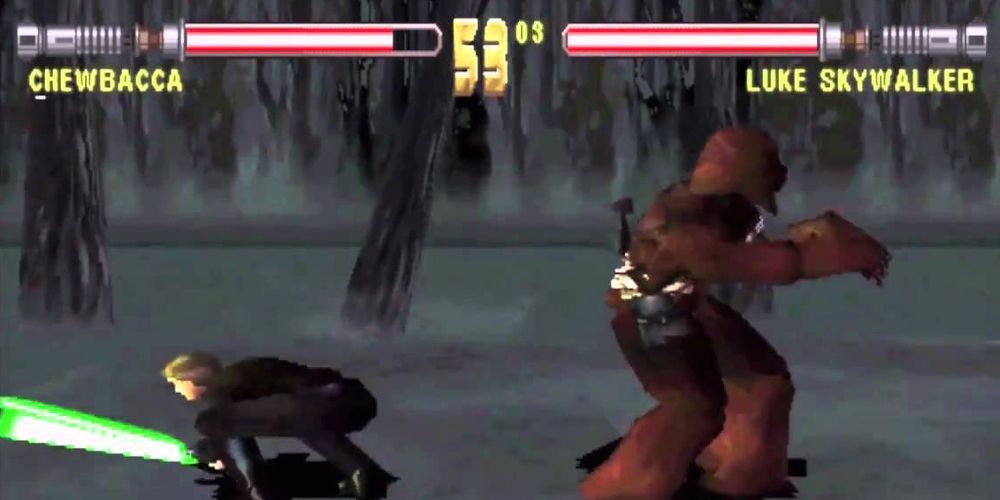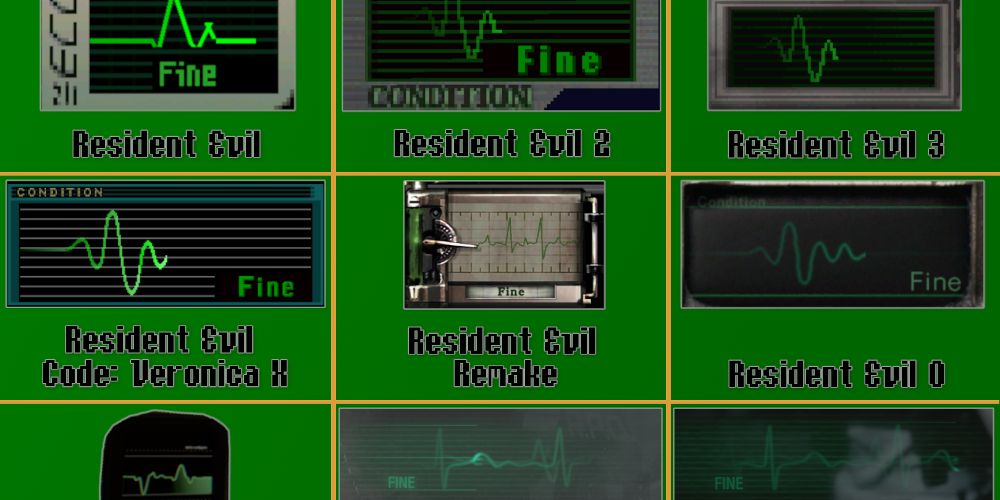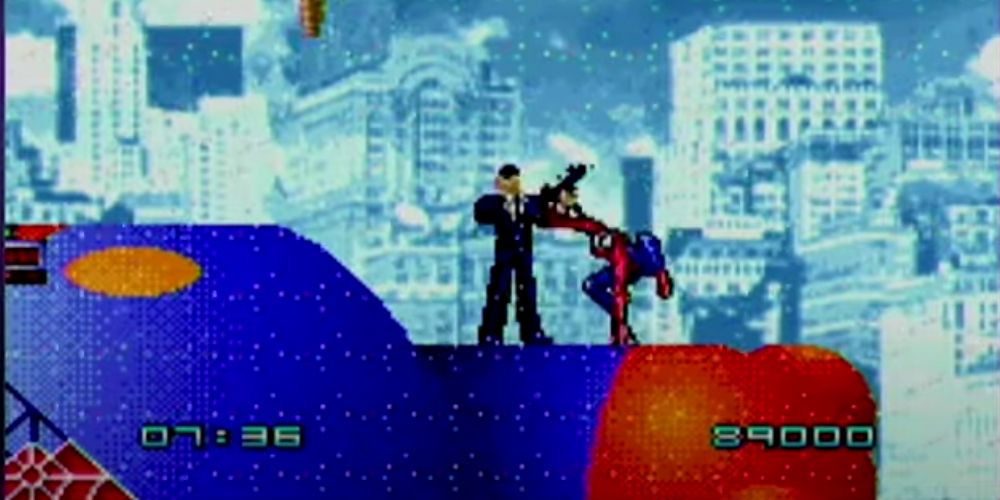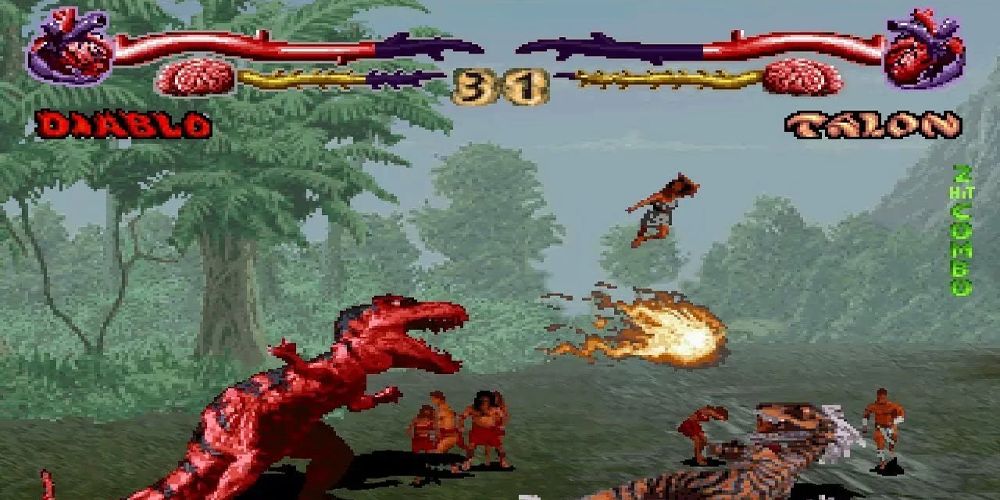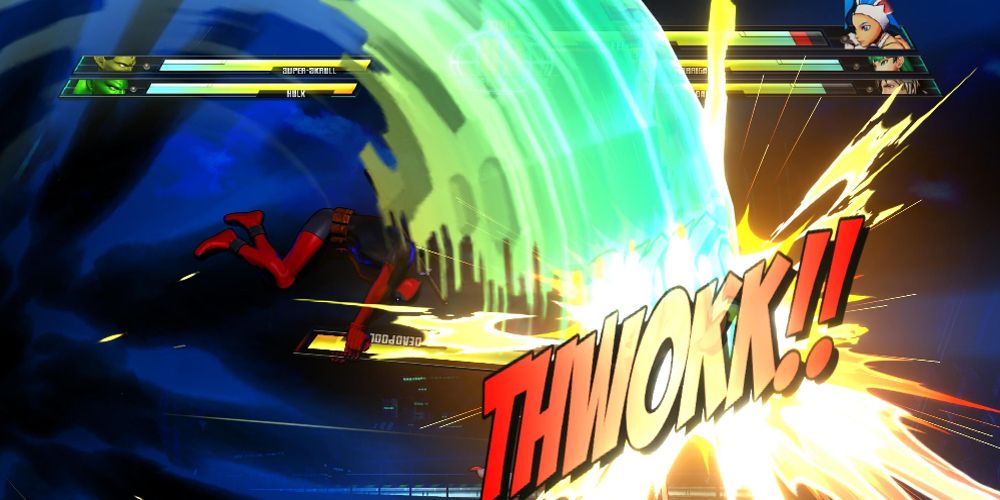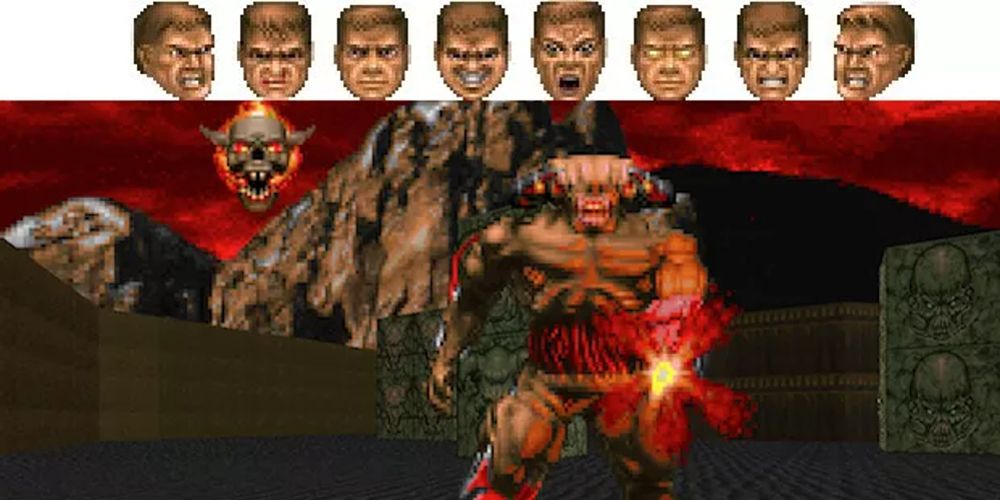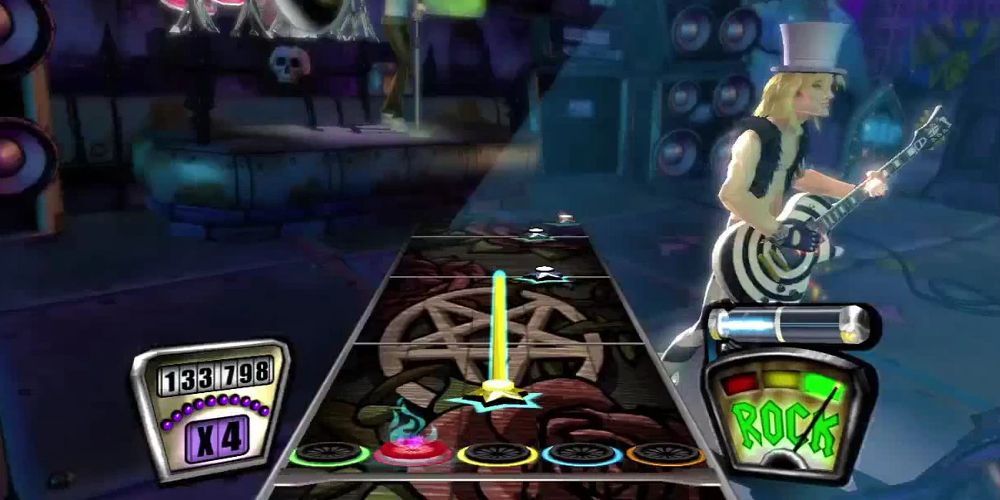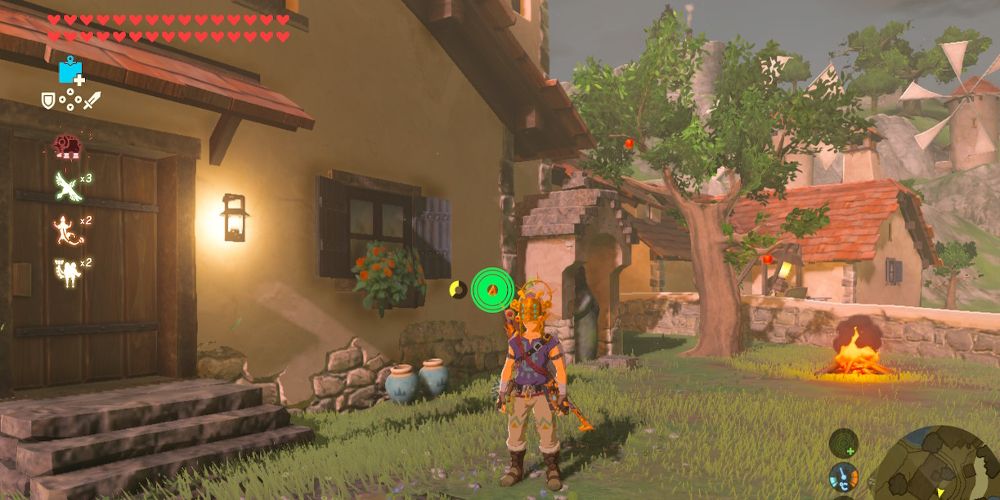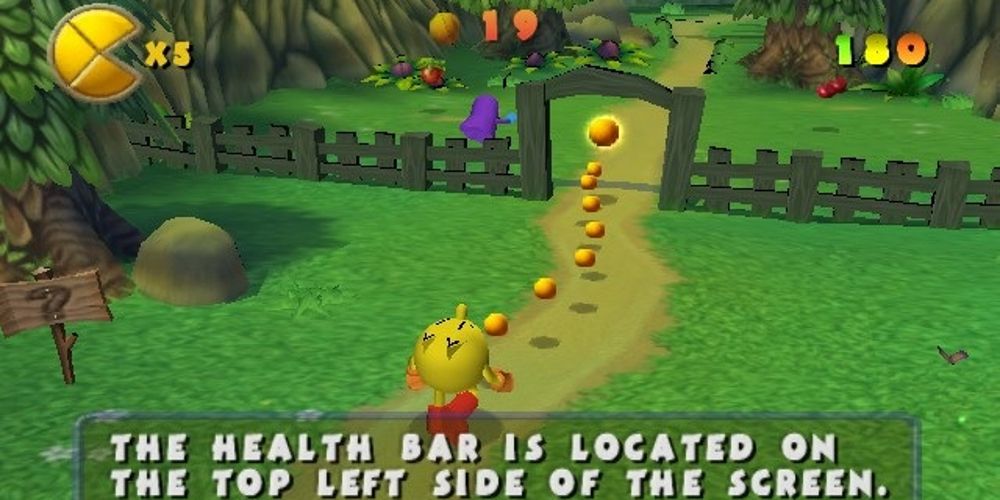As every avid gamer knows, maintaining a player’s health and preserving a character’s life is paramount to achieving the utmost success with any given playthrough. Over the years, video game designers have gotten quite creative with the in-game design of the health bars and life meters, with the most memorable ones reflecting the themes of the game and the visual aesthetic of the characters in organic ways.
Additionally, the more interactive a video game health bar is, the more conscious a player will continue to replenish their reserves and ultimately have more success in the game. As such, it’s time to highlight the absolute best of the bunch.
10 Spinal Health (Dead Space)
The popular survival horror game Dead Space built a reputation for being a relentless gaming experience that required undivided attention to keep Isaac alive. Rather than keeping an eye trained in the top left corner where most health bars are located, the designers included a light that ran down the back of Isaac’s mining armor, which would go dark the more damage the character incurred.
At full strength, the health bar radiates a neon blue color that, when depleted, begins powering off and informs players when they need to increase their lifespan. For a highly immersive game with built-in action, the Spinal Health bar is a great way to keep players engaged the entire time without compromise.
9 Lightsaber Bar (Star Wars: Masters Of The Teras Kasi)
While it may seem outdated now, the 1997-98 release of Lucas Arts’ Star Wars: Masters of the Teras Kasi fighting game included a badass health bar resembling an ornate lightsaber hidden in plain sight above the characters’ heads. Alas, it’s arguably the only notable feature of the game that many deem the worst in Star Wars history.
Replete with a coiled handle, shiny bezel, and glowing red color that disappears as a player’s health degrades, the inspired idea to use a lightsaber to signify the depleted health of a character caused by the weapon itself is more meta than any released at the time, proving once more how visionary LucasArts’s video games were at the turn of the century.
8 EKG (Resident Evil Series)
The beloved Resident Evil ’90s survival horror game series is all about giving players apoplectic nightmares and heart-pounding playthroughs. As such, using an EKG monitor to represent a character’s health bar is absolutely brilliant in the way it ties into the themes and characters of the game.
Imitated countless times since on several inferior games, the unique Resident Evil Electrocardiogram has evolved over the series to feature a green heart monitor that could possibly flat line if a player fails to survive. Other iterations included a tri-colored Green (Fine), Yellow (Caution), and Red (Danger) EKG and even a cool smartwatch display reading in RE 7: Village, making the game feel as real and modern as can be.
7 Red Web (Spider-Man For Gameboy Advance)
While it may be forgotten in 2022, the Gameboy Advance release of Spider-Man in 2002 came with an awesome health bar that couldn’t be more germane to the venerated superhero’s most glaring iconography. In the bottom left corner of the frame, a red spider web appears with sections cut off by the white lines of webbing to indicate how much harm Spideyr-Man has been punished with.
At full health, the web remains red throughout. The more damage Spider-Man incurs, the more sections from the red web are removed to leave a vulnerable white space to indicate his depleted health. The health bar is such a perfect touch that it’s a surprise it wasn’t adopted in every Spider-Man game as it makes players palpably feel the personal consequences of his actions.
6 Heart And Brain Bar (Primal Rage)
The mega-popular fighting game Primal Rage still boasts one of the coolest and most creative health bars on record. Set on a post-apocalyptic Urth, players control prehistoric beasts who fight for supremacy. With intricate detail, the health bars of the characters resemble a brain with a cerebral cortex jutting from the back, and a huge blood-filled vein extending from a beating heart.
When the player’s health is reduced to zero, their heart instantly explodes and leaves a gory streak of blood across the screen as the player falls dead. Moreover, when the brain meter is depleted, a surge of electricity zaps the character’s brain and stuns them long enough for an enemy to take them out for good. Wildly creative and far ahead of its time, Primal Rage is more advanced than people think.
While the visual aesthetic of the health bar isn’t all that unique, the way it is utilized by Deadpool in Marvel Vs. Capcom 3: Fate of Two Worlds is more creative than arguably any other on record. The health bar itself is typically situated in the top left corner and looks like any other in the history of gaming. However, during Deadpool’s deadly finishing move, he actually uses the health bar as a weapon to bludgeon his foes.
During the hyper combo finishing move, Deadpool will jump up and grab onto his own health bar, rip it down from the corner, and proceed to beat his enemies with it like a baseball bat while taunting them with hilarious smack-talk. Not only is it one of the most creative interactive uses of the health bar, but it perfectly reflects Deadpool’s playfully subversive personality.
4 Body/Facial Health Bar (Doom)
The mega-popular first-person shooter game Doom literally took a player’s health bar to lethal new heights. Rather than the rote meter atop the left corner, the designers represented the space miner’s depleted health by making his face more bloodied, battered, and bruised the more damage they incur.
Although Software’s Wolfenstein 3D introduced the facial health bar first, the improvements made in Doom are much more detailed, giving characters much larger facial lacerations, gush nosebleeds, and the like. This gives the gamers’ a visceral reaction to the physical punishment they literally interface with, making them think twice about the consequential ramifications of a poor playthrough.
3 Rock Meter (Guitar Hero)
Activision’s Guitar Hero earned a rep for being a lifelike musical simulation for music fans everywhere to play through vicariously and feel like a real rock star. One of the reasons why is its creative Rock Meter health bar, which resembles a real digital readout on an electric amplifier.
The higher a player’s performance, the Rock Meter will remain in the Green (left) zone. However, the worse a player does, the meter will begin sliding into the Yellow (middle) and Red (right), indicating their need to pick up the pace. If the needle on the dial points all the way to the right, a player loses. Basic, easy to read, and extremely lifelike, the creativity of Guitar Hero‘s interactive health bar marries fashion and function like few others.
2 Hearts (The Legend Of Zelda)
The iconic health meter of The Legend of Zelda has remained intact for over two decades of sequels, indicating its pitch-perfect design that aptly reflects the game’s themes and character’s main motivations.
When the game begins, Link starts with three hearts that, when he faces damage, will deplete in half-measures. In order to replenish the half-hearts, Link must fortify them by imbibing potions, collecting mini-hearts, and using fairy spells, all of which give Link extra strength to continue to find his beloved Princess Zelda. Since love is the guiding force, the creative use of hearts to represent Link’s health is nothing short of brilliant.
1 Pie Chart (Pac-Man World)
PlayStation’s 1999 Pac-Man World is a popular platform video game that features a simple yet effective health bar that doubles as a playful rebus. A yellow circular pie chart comprised of four slices lies in the top right corner of the frame. Each slice represents one hit of damage Pac-Man can take in the game. When a single wedge is removed, the health bar literally resembles Pac-Man’s iconic facade.
The simplicity of the health bar perfectly mirrors the basic, easy-to-use gameplay of Pac-Man itself, one of the most famous children’s starter games nearly every child experiences growing up. As such, utilizing a symmetrical shape as a metaphor for Pac-Man’s health is easy for everyone to understand.

